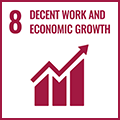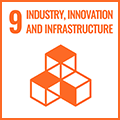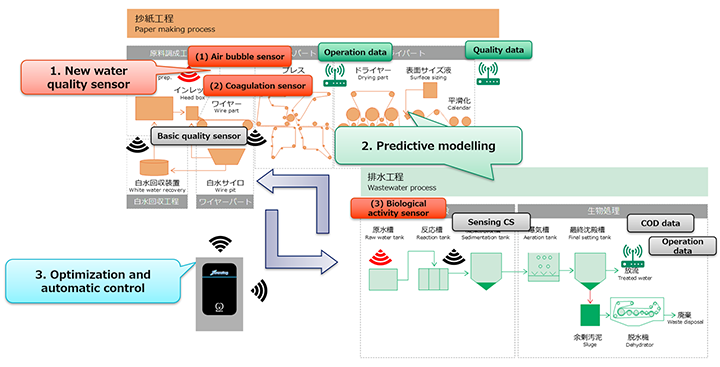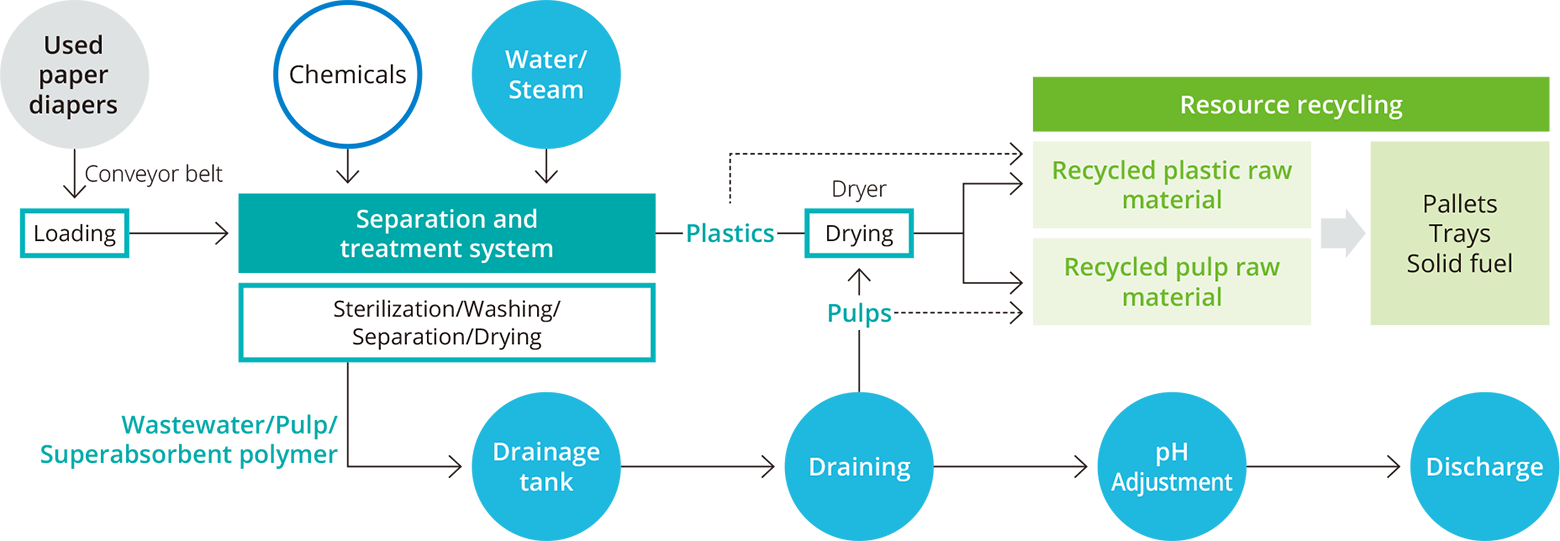The Kurita Group Approach
The Kurita Group considers it necessary to achieve both industrial development and preservation of the global environment if humanity is to enjoy a prosperous lifestyle in perpetuity. The Group will introduce water treatment into the manufacturing processes for various products, helping to improve productivity and product quality. We will also contribute to solutions for environmental issues associated with industry development.
Contribution to Achieving the SDGs


Targets and Achievements
The Kurita Group conducts basic research on water treatment in the form of analysis and fluid and process analysis, which forms the foundation of its products and services. We are also working to develop products and technologies that contribute to solving issues such as water savings and energy savings for customers and society.
| Target for FY2023 | Achievement in FY2023 | |
|---|---|---|
| Proportion of themes falling into “Contribution to improvement of production process” to product development themes | 35% | 37% |
Development of Monitoring, Diagnosis, and Chemical Ordering Control System for Papermaking Process
The main issues that arise in the papermaking process are defects*1 due
to soiling of the paper machine and breakage of the paper*2 due to
changes in the dehydration status accompanying a decrease in the quality of water
used in the process. When these issues occur, the facilities need to be stopped
and restarted, and waste paper is produced that does not meet quality standard.
Waste paper itself can be re-used as raw material for papermaking, but since large
quantities of water and energy are required for remaking the paper, reducing
incidences of defects or paper breakage contributes significantly, not only to
increasing profitability, but also to reducing environmental impact. Papermaking
factories use various water treatment chemicals to minimize issues arising from
poor water quality, such as defects or paper breakage. However, stabilizing
product quality and operations has been a long-term challenge, as much of the
operational management of the papermaking process relies on operator experience,
including adjusting the amount of water treatment chemicals to be added.
The Kurita Group developed a system to realize a smart paper making process using
sensors and AI. As well as drawing from the Kurita Group’s accumulated knowledge,
this system analyzes correlations between data on the physical properties and
water quality of slurry,*3 data on water quality in the paper marking
process from newly developed air bubble sensors and coagulation sensors, and data
on the status of wastewater treatment from water quality and biological activities
sensors. Using this data, the system predict the occurrence of issues, enabling it
to optimize water treatment. The system will enable reduction of waste paper and
its associated environmental impacts.
- *1 Adhesion of substances in the paper raw material on paper fibers.
- *2 Breakage of weak sections in the paper in cases where unevenness occurs in the coagulation of paper fibers.
- *3 Paper raw materials such as pulp dispersed in water.
Monitoring, Diagnosis, and Chemical Ordering Control System for Papermaking Process

Developing an Energy-Saving Primary Pure Water System for the Semiconductor Manufacturing Process
In semiconductor fabrication plants, products are washed using water that is as
close as possible to being theoretically pure, with impurities removed to the
maximum degree possible. Ultrapure water production systems are largely divided
into pretreatment systems, primary pure water production systems, and subsystems.
Most of the electricity used in these systems is for pumps that move the water.
Recently, there has been demand for an ultrapure water production system that can
ensure highly pure water quality while reducing the amount of electricity usage in
order to respond to the issue of climate change.
The Kurita Group has developed an energy-saving primary pure water system. The
system uses an RO membrane that is able to separate ions and other material from
the water at a lower pressure than a conventional membrane in an RO membrane unit.
This allows the amount of electricity used for the pump to be reduced. Reducing
the pressure of RO membrane processing can cause issues with deterioration of
treated water quality; however, the addition of NaOH to the feedwater for the RO
membrane unit increases the removal rate of substances that are difficult to
remove using an RO membrane. Moreover, combined with an electro-de-ionization
apparatus that uses Kurita’s proprietary flowing method, we are able to realize
energy savings while maintaining high purity water quality.

Development of a Used Diaper Separation and Treatment System Aimed at Building a Circular Economy Society
Used paper diapers in Japan are mainly disposed of as general waste by incineration
facilities operated by waste disposal companies and local municipalities. As Japan
becomes a super-aged society, the volume of waste is expected to increase, raising
the issue of an increase in CO2 emissions associated with an increase in
fuel used for incinerating used diapers.
The Kurita Group has developed a system that washes and separates used diapers for
recycling, rather than incinerating them, with the dual objective of reducing waste
and reducing fuel used for incineration. The device was developed using technologies
described in the Guidelines for the Recycling of Used Diapers issued by Japan’s
Ministry of the Environment. By adding a bag-tearing function to the system, it is
able to process used paper diapers that are sealed inside plastic bags, improving
hygiene and operating efficiency. Used paper diapers are washed and disintegrated by
the device, then plastics are separated out from the treatment water, which contains
pulp. The separated components can be used for application such as solid fuel or
recycling plastic.

This website uses the names of products and services in Japan. Please note that product and service names differ in other countries.

